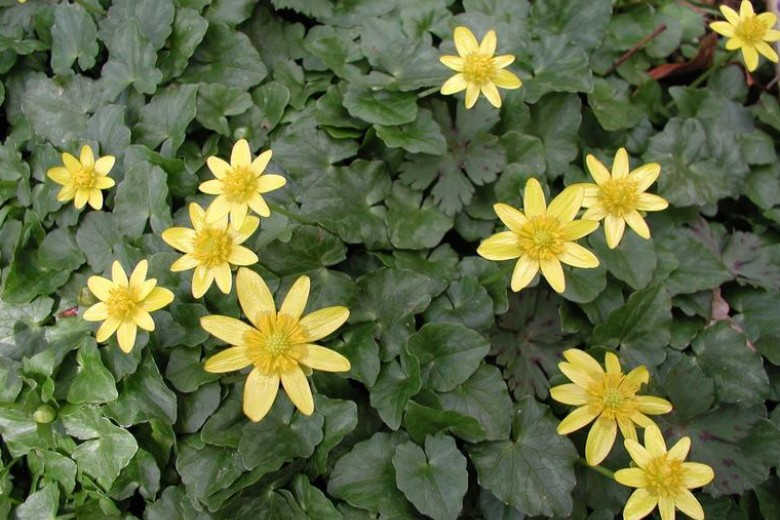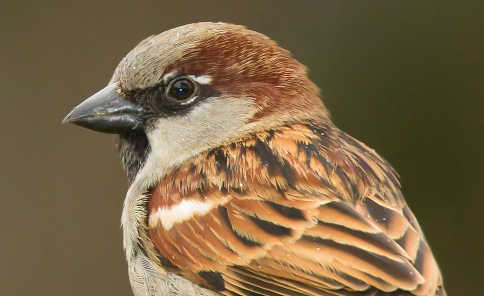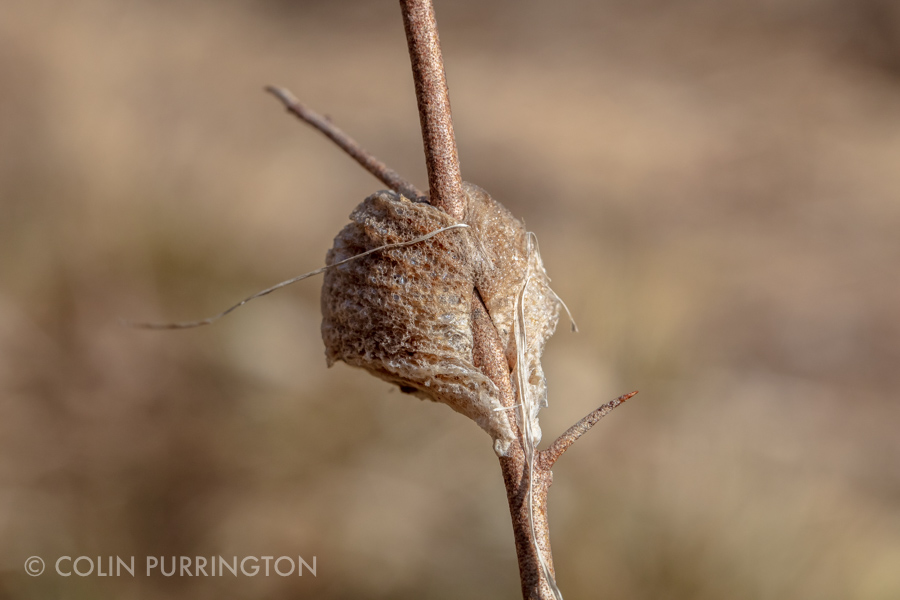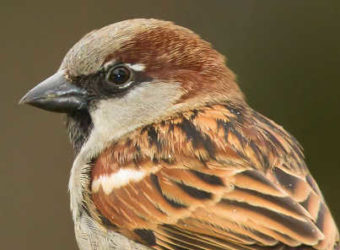The Invaders and Us
This is a difficult essay for me to write.
I was raised with the core belief that nature is precious and fragile, something that you explore and marvel at but never, ever interfere with. You are inside it, but you also stand apart, and you always leave it strictly alone. (Though I confess that as a child I broke with this philosophy when it came to catching the occasional frog, turtle, or interesting bug.)
By now I know that this is not how it works: However much we may want to, we don’t stand apart from nature. As long as humans have been on Earth, our actions have affected, often disastrously, the world we live in. Every time we clear a woodlot for development, replace an untended field or meadow with a pesticide-ridden lawn, or even remove a single dead tree so it doesn’t fall on our house, we’re making life harder for the species who live alongside us.
Fortunately, we can also recognize the changes we’ve wrought and take action to halt or even reverse them. Among the results of our efforts over recent decades: Cleaner air and local waters and other regulations that have allowed populations of Bald Eagles, Osprey, Mink, and many other species to rebound.
Yet even now the belief that we should simply leave nature alone remains a hard one to abandon. This is especially true when it comes to confronting the plague of introduced, invasive species humans have brought here: plants and animals that gravely threaten countless species native to our region.
We want to reject the very idea of labeling parts of nature “good” and “bad.” Doing so feels like an example of the same arrogant, godlike attitude that got us into this mess in the first place. Yet when it comes to invasive species, I believe we must exercise our power over the world around us. We are responsible for the presence of these alien species on our shores, and it’s our responsibility to do something about them.
This, however, is much more easily said than done. Together, the following three examples—so different on the surface but so similar in deeper detail—illustrate just a few of the challenges we face as we try to reconcile what we want to do with what we must do.

Lesser Celandine
Lesser Celandine is a beautiful plant, with glossy dark-green leaves and lovely, sun-shaped yellow flowers. An ephemeral (short-lived) bloomer, it’s also one of the first signs of spring, providing early splashes of color to a monochromatic landscape.
On first glance, Lesser Celandine would seem like a welcome addition to any spring woods. But the truth is that it’s a horrendously—and nearly unstoppably—invasive species that can wreak havoc on nearly every ecosystem in our region, from backyard gardens to the largest state parks and preserves.
Lesser Celandine is native to the Old World (Europe, Asia, and Africa). It was first brought to the U.S. as an ornamental in the 19th century, but has become increasing popular in recent decades, especially in the East. After all, who wouldn’t want a lovely spring carpet of green and yellow in the garden?
Yet keeping it in the garden has proven impossible, as Lesser Celandine finds the New World an ideal place to invade and conquer. It thrives in everything from full shade to full sun, and while preferring moist soil, manages just fine in rockier, less welcoming habitats.
And it’s still spreading west and south. The first Lesser Celandines in the Cleveland area, for example, were planted in just two gardens in the 1970s. Today, the plant has spread to more than 300 acres of nearby parkland, making up more than 50% of the ground cover in much of that land.
What makes the Lesser Celandine so successful an invader? It’s brilliantly designed to spread relentlessly. Relying on three different methods of reproduction—seeds, tubers in the soil, and bulbils, which are essentially tiny, easily spread clones of the plant located on the flower stems—it can quickly create thick, virtually impenetrable mats covering an entire forest floor.
Native plants have little or no ability to withstand a spreading mat of Lesser Celandine. Since it sprouts so early, by the time native ephemerals (such as spring beauties, Dutchman’s breeches, and trilliums) start to emerge, there are simply not enough air, light, or soil nutrients left for them.
On top of all that, Lesser Celandine is hellishly difficult to control or eradicate. While on its home turf, insects, fungi, bacteria, and other species help keep it in check, our local defenders simply don’t recognize or control it.
The tubers on the roots—easily broken off and left behind while digging up a plant—make removing even a small patch of Lesser Celandine into backbreaking work. You may have to dig up a patch repeatedly over several years. Yet its effects on our forest habitats vividly show the importance of controlling this relentless invader before it drives fragile native species to extinction.

House Sparrow
Unlike Lesser Celandine, House Sparrows (first imported from Europe in the 1850s) are not beautiful (though males in fresh plumage can look attractively natty.) They’re not ephemeral at all, sticking around all year in our region. And they can’t clone themselves or spread via tubers.
But in the most important ways, House Sparrows check off the boxes an invader needs to succeed. They’re comfortable living close to humans, especially in cities and suburbs. They eat a wide variety of grains and seeds and are happy to supplement that diet with discarded human foods and insects of many different kinds.
Most critically, they are aggressive and adaptable breeders. They evolved to nest in natural cavities in rock and trees, but have adapted easily to holes in buildings, streetlight fixtures, roofs, and nest boxes originally designed for threatened Eastern Bluebirds or Tree Swallows. House Sparrows will aggressively commandeer both human-made and natural nest sites used by these and other species, killing the original nestlings and even parent birds sitting on a nest.
Actress, environmental activist, and National Audubon Society board member Lili Taylor has dubbed the male House Sparrow’s monotonous, single-pitch chorus the “chirp of death.” When you hear the chirp of death, you know that nearby nest sites have most likely already been taken over and their occupants chased away or killed.
So what’s to be done about House Sparrows? Unlike native birds, they are not protected by law, so the best solution may be the toughest one: killing or trapping the birds. (Some raptor rehab facilities welcome trapped sparrows as hawk food.) Few communities or individuals may have the stomach for such campaigns, however.
At the very least, though, we can keep an eye on local nest boxes. By evicting any House Sparrows who start building nests there and destroying any eggs they’ve laid, we can take an important step in limiting the damage this aggressive invader can do.

Chinese Mantid
This section is the one that makes me saddest. I have no fondness for Lesser Celandine, and I frankly loathe the presence of House Sparrows and their “chirp of death.”
But praying mantises? They’ve been my favorite insects since I was a child. I love them for their hunting prowess, unsettlingly human gaze, flexible necks, and amazing camouflage. (If you never have, Google “Leaf Mantis” and “Dead Leaf Mantis.”)
But it turns out that the mantid I’ve loved the most ever since my Brooklyn childhood is the Chinese Mantid, an invader from Asia introduced accidentally in 1896. (And still sold as a “pest control” solution at garden centers and online.) But far from helping control pests, this huge insect (individuals can reach 5″ in length) has nearly extirpated the small, slender native Carolina Mantid, both by outcompeting it for prey and eating it outright.
And smaller mantises form only a tiny part of a Chinese Mantid’s prey. An indiscriminate feeder, it uses powerful, barbed front limbs and lightning-fast reflexes to snatch and eat virtually any creature it can handle, including insects, small birds, lizards, and even an occasional mouse or other small mammal.
Native bees, wasps, butterflies, and other crucial—and besieged—pollinator insects are major parts of the Chinese Mantid’s diet. So are Ruby-throated Hummingbirds, also an important pollinator species. Even the perpetually endangered Monarch Butterfly—left alone by most predators due to its toxicity—isn’t immune. Not affected by the toxins, a single mantid may stake out a patch of milkweed until it’s devoured every last caterpillar and butterfly in the area.
So what’s to be done about Chinese Mantids? Here the answer is clear, however much I hate to say it: If you find one, kill it. Last fall I came upon a huge individual in our pollinator garden, and by the time I steeled myself for the unwelcome task, it had captured and was devouring two small and beautiful native wasps, one in each forelimb.

During the winter, you can also keep an eye out on bare branches of bushes and shrubs for the species’ distinctive egg cases. Remove and destroy any you find. (Or, if you don’t happen to raise chickens, give them to a friend who does—the birds love this tasty snack.) Eliminating egg cases, each of which can contain up to 300 eggs, can be an important step in controlling the species’ local populations.
Despite the realities facing us, the concept of destroying any living thing—even an invasive one—can still feel deeply, painfully wrong, like breaking a heartfelt promise. But the truth is clear: Many of our most precious native species, crucial parts of the web of life in our region, are under intense pressure. If we want to preserve and nurture what’s left, then we can no longer simply leave nature alone.
Copyright © 2021 by Joseph Wallace
